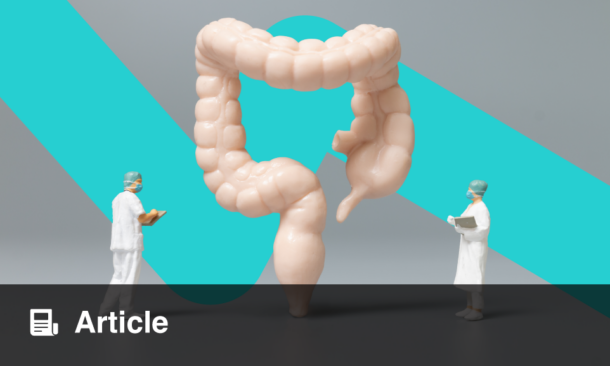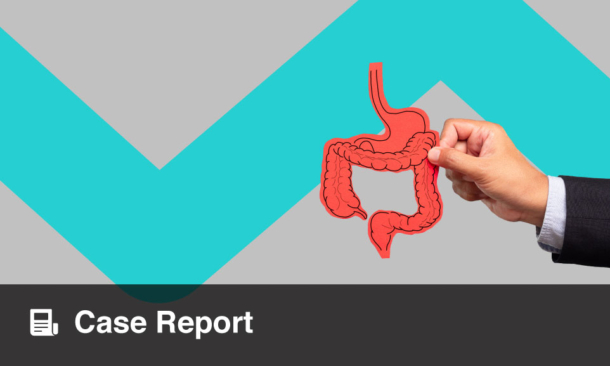RECENT research has highlighted the significant impact of a catered low-fat, high-fibre (LF/HF) diet on patients with Crohn’s disease (CD), offering new insights into diet-modulation and host-microbiome interactions.
The authors aimed to assess how a LF/HF dietary intervention affects symptoms, circulating protein levels, and faecal metabolomics in patients with CD compared to healthy household controls (HHC) on the same diet. The diet consisted of 20% of total calories from fat, an omega-6/omega-3 fatty acid ratio of approximately 1:1, and 25–35 g of fibre per day, corresponding to 14 g of fibre per 1,000 calories consumed.
The study involved 73 patients with CD and 24 HHCs, divided into three groups: diet counselling alone, 8 weeks of catered food, and catered food with dyadic psychosocial support for both patients and their HHCs. Data on demographics, clinical parameters, quality of life, and food knowledge were collected at baseline and at the 8-week mark, alongside faecal and serum samples for proteomic and metabolomic analysis.
Baseline assessments revealed that patients with CD generally consumed lower fibre and higher fat diets, resulting in a lower Healthy Eating Index (HEI) compared to HHCs and the average USA population. Proteomic analysis identified elevated levels of pro-inflammatory and immune-modulatory proteins such as SAA1, CRP, and IgA in patients with CD, with lower levels of TCN2 and ADH1C.
After 8 weeks of adhering to the catered LF/HF diet, Groups 2 and 3 showed significant improvements in macronutrient profiles, food-related quality of life, and patient-reported symptoms as measured by the short Crohn’s Disease Activity Index (scDAI). Notably, there was a marked decrease in pro-inflammatory and lipid markers, including CRP and leptin, and an increase in beneficial markers like ADH1C, Rab-21, and Rab-7. Pathway analysis indicated enhanced amino acid and fatty acid metabolism and endothelial cell development in patients with CD.
Stool metabolomics further demonstrated significant differences in the metabolomes of the catered-diet groups compared to the diet counselling alone group, reflecting the systemic biological impact of the dietary intervention.
The authors concluded that a carefully controlled LF/HF diet can markedly improve immune function, mucosal healing, and inflammatory status in patients with CD within a short period. These strategies can lead to identification of novel targets of diet responses in CD.
Ada Enesco, EMJ
Reference
Hazime H et al. A low-fat, high-fiber dietary intervention in Crohn’s disease patients improves serum proteomic and metabolomic patterns reflecting improvements in systemic inflammation and mucosal healing. Digestive Disease Week, 18-21 May, 2024.








